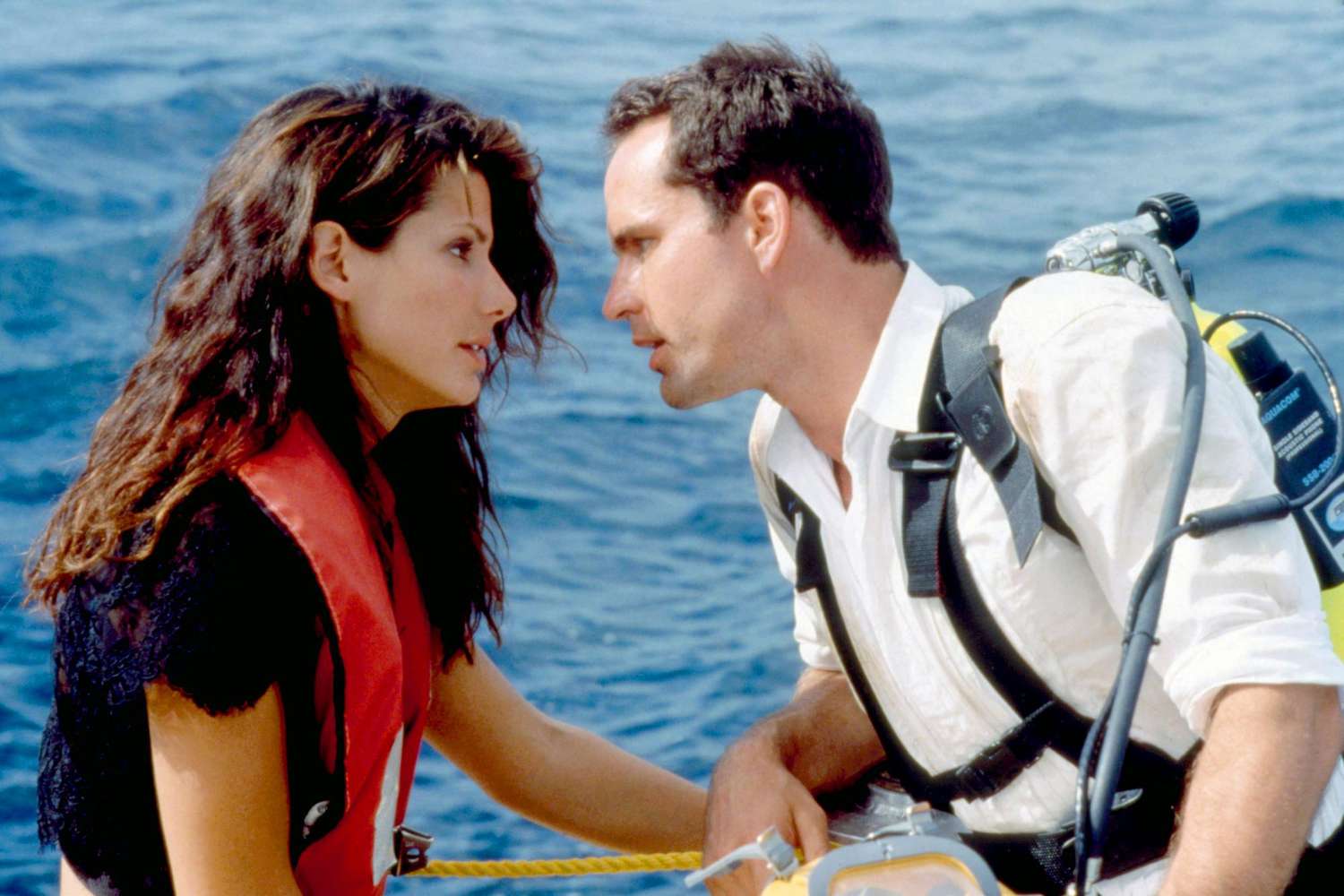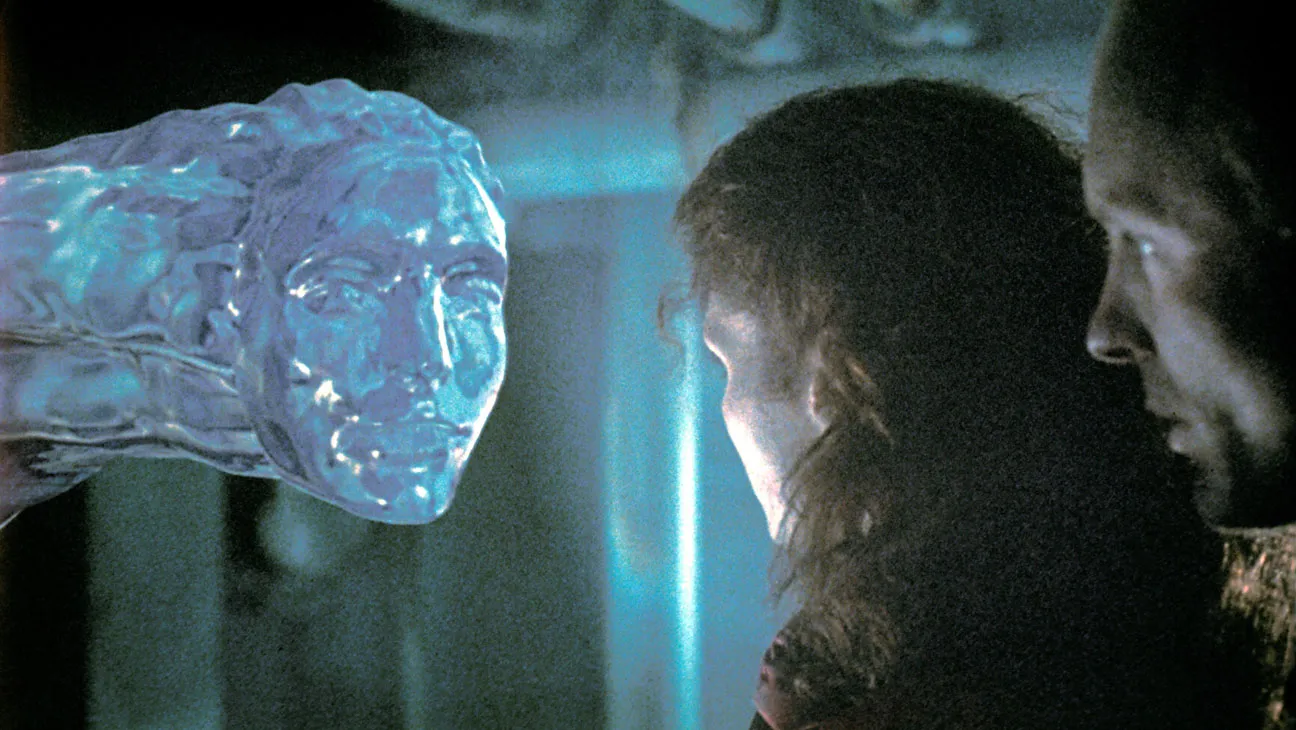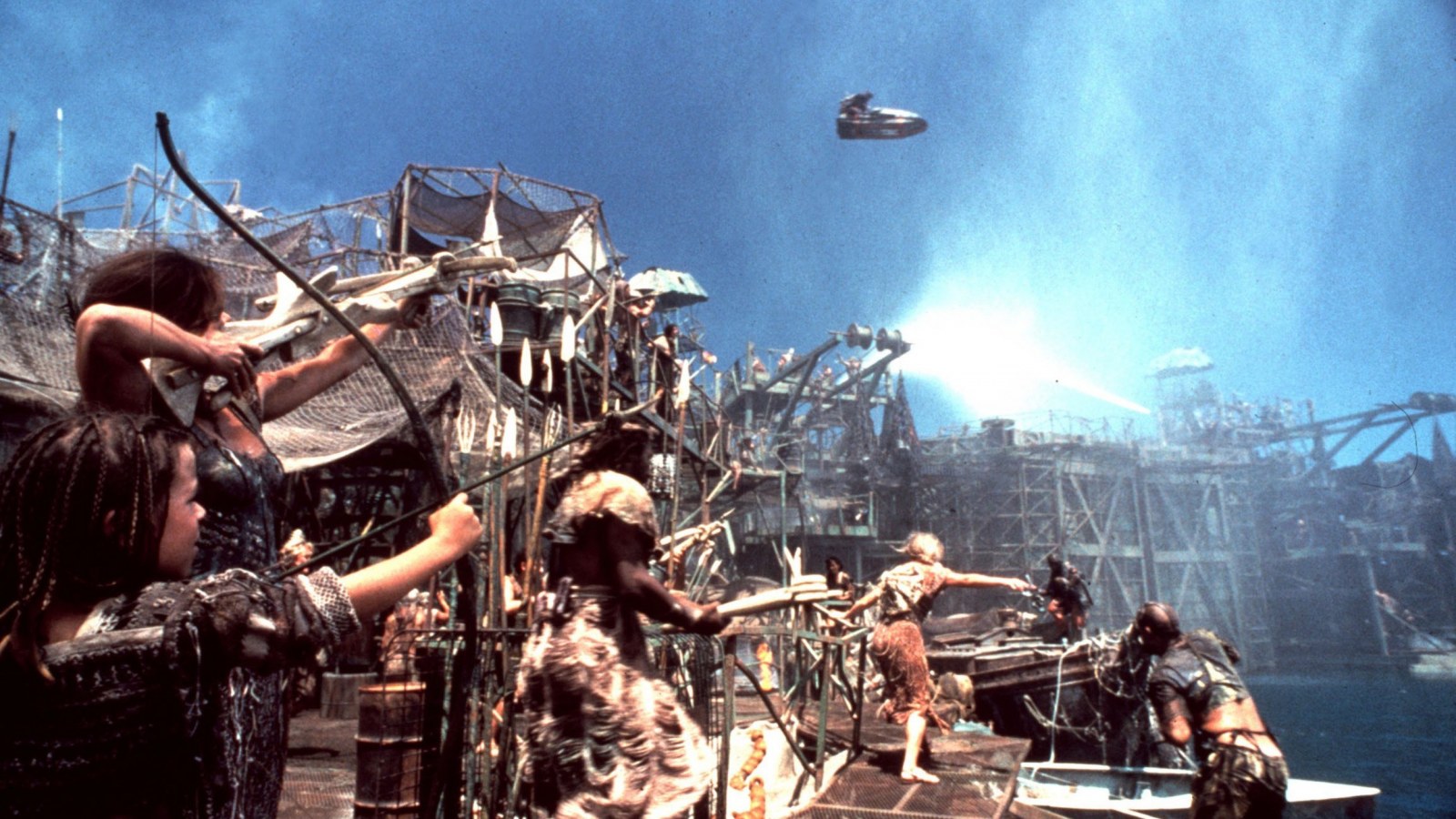
The Best Live Action Water Scenes in Film
CGI dominates the modern box office, especially when it comes to action scenes involving water. But for all the green screens and mo-cap suits, there are many more timeless waterborne films captured with live action through the decades. No computer graphics, no animation. Let’s look at the most legendary, dangerous, and expensive live action water scenes captured on film.
The World is Not Enough: Boat Chase on River Thames
By the time the 19th James Bond film debuted in 1999, decades’ worth of live-action choreography and stunt work had propelled the spy saga to infamy.
The World is Not Enough Director Michael Apted knew the standards for wowing Bond audiences were high. “We felt [the boat chase] had to be big and this had to be something – well, it’s the signature of the film and, so, people are waiting for it and ready to judge it,” he said.
Apted committed to shooting the film’s entire chase scene across the River Thames, and through the street of London, with only practical effects.
Over the span of nearly a year, the production negotiated with hundreds of organizations (including British Parliament) to get permission to maneuver through the river. Part of the film’s budget was used to purchase not one but fifteen fully functional, custom “Q Boat” jet racing boats, built by Riddle Marine in the U.S. and powered by 300-hp V8 engines.
Brosnan, flanked by massive cameras strapped to the hulls, commandeered the Q Boats for nearly every shot – below, above, and out of the water (but the midair barrel roll was performed by a stunt driver). The nearly quarter-hour chase scene earned the film critical acclaim, helping it make over $360 million at the box office.

Speed 2: Cruise Ship Collision
1994’s Speed, starring Keanu Reeves and Sandra Bullock as the main protags, climbed to the top of the box office – in large part thanks to its incredible use of high-speed, explosive practical effects. When Speed 2 was slated for filming in 1996, sans Reeves, director Jan de Bont knew he had to find a way to one-up the first film’s action.
Enter the cruise ship island collision: A 120-second scene that captures a life-sized cruise ship crashing headlong into a tourist port like a battering ram, toppling entire buildings, crushing vehicles, and destroying everything else in its path.
The film’s capstone scene is, even today, considered the most expensive practical stunt ever recorded in cinema. At a cost of $25 million dollars (around $50M today), the production built an entire town on a closed set on the island of Saint Martin and fabricated a 1:1 scale front half of an actual cruise ship.
Powered by four 15,000-HP diesel engines, the half-a-ship was propelled along massive steel rails through the set, destroying homes, shops, streets and cars. The crew spent weeks rehearsing every shot – it was too expensive to perform a second attempt, so every shot was recorded with over a dozen cameras in a series of first-and-final takes.
Although Speed 2 was widely panned at the box office (and struggled to recoup its historic production costs) its cruise ship collision remains a moment of legend in live-action cinema; a scene that’ll likely never be dethroned as the most expensive practical effects ever recorded on film.
 Waterworld: Battle for The Atoll
Waterworld: Battle for The Atoll
1995’s Waterworld, directed by Kevin Reynolds and starring Kevin Costner as a mysterious gilled mariner, is a study in waterborne storytelling with practical effects – and the risks that lie therein. The film’s often cited as one of the most dangerous productions ever filmed on open water.
Numerous incidents involving cast and crew members nearly drowning plagued production, with sailboat lines snapping mid-shot, cast members being thrown into the ocean and requiring emergency rescue, and the lead actor being caught in hurricane-force winds while trapped atop a ship mast for a half hour.
Despite the near-drownings and Mother Nature’s wrath, Waterworld’s production wrapped successfully, with one scene – the battle for the floating atoll – standing out as the film’s signature live action scene.
The battle between Costner’s character, some seaborne traders, and a band of Mad Max-esque pirates takes place on an entirely practical set: A floating town, built in the open ocean, made up of one thousand tons of steel and wood, purposefully destroyed with dozens of gallons of gasoline, gunfire squibs, and pounds of explosives during filming.
The scene’s standout shot involves a set of four real anti-aircraft guns firing hundreds of blanks while four stuntmen, towed by an airplane, jump a 50-foot wall traveling over 40 MPH atop actual water skis.
Director Kevin Reynolds’ commitment to live-action mayhem on the open ocean made Waterworld blow past its then sizeable budget of $100M, ultimately costing $175M and requiring twice the estimated time to shoot. According to some, so much raw steel was used to build the movie’s sets that it depleted all the available metal on the island of Hawaii, forcing companies to cease production of goods.
Despite its fraught logistics, Waterworld’s incredible live action cinematography helped it turn a profit of over $250 million; the film retains a sizeable cult following today.

The Abyss
1989’s The Abyss, starring Ed Harris and Mary Elizabeth Mastrantonio and directed by James Cameron, doesn’t have a particular waterborne scene that was difficult to film. That’s because the entire movie was a logistical nightmare – and, to its main cast of actors, a literal nightmare – that almost didn’t wrap production.
That director Cameron has gargantuan ambitions for each of his films is no mystery today. But it was his commitment to filming The Abyss almost entirely underwater, pushing his actors to their physical limits, that nearly caused actual deaths on set. Mastrantonio today refuses to discuss her time spent working on the film.
Cameron wasn’t tone-deaf to the film’s complexity, either. On the film’s first day of shooting, he reportedly greeted Harris, Elizabeth, and the other cast members with one remark: “Welcome to my nightmare.”
What followed were tense, claustrophobic months of filming underwater, with the cast members – who first had to spend weeks in preproduction earning dive certificates – required to remain submerged in custom dive suits and scuba gear for up to twelve hours a day. The film’s 1:1 scale set pieces required so much space that production had to convert to an abandoned nuclear reactor into what was then the world’s largest freshwater tank: A mammoth container filled with over 7 million gallons of water.
Other logistical challenges plagued filming, including an algae infestation that was treated with so much chlorine it bleached the actors’ hair, and caused cast and crew members to suffer burns. The most patently insane moment of filming came when Ed Harris nearly drowned from inhaling water through an incorrectly placed diving regulator.
The Abyss’ ambitions didn’t initially pay off, either: It made a modest return against its overblown $43 million budget, grossing just $54 million domestically at release. Worldwide, it brought in $90 million. But the film has since grown to garner a cult following, aging well and now praised by critics for its commitment to its (admittedly dangerous) practical effects.




 Waterworld: Battle for The Atoll
Waterworld: Battle for The Atoll